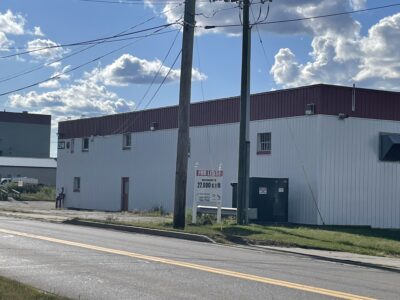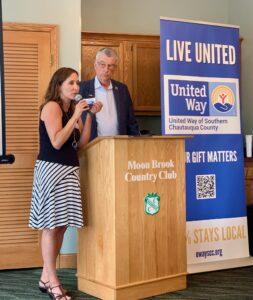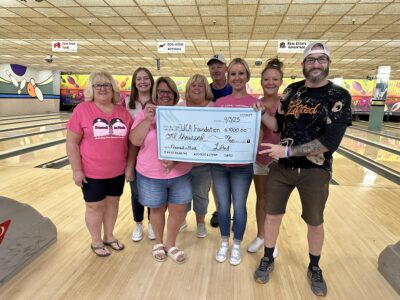Home To Jamestown’s History Has History Of Its Own
- The mansion in 1920.
- Pictured is the Fenton Mansion as it stood in 1880 in Jamestown. Submitted photo
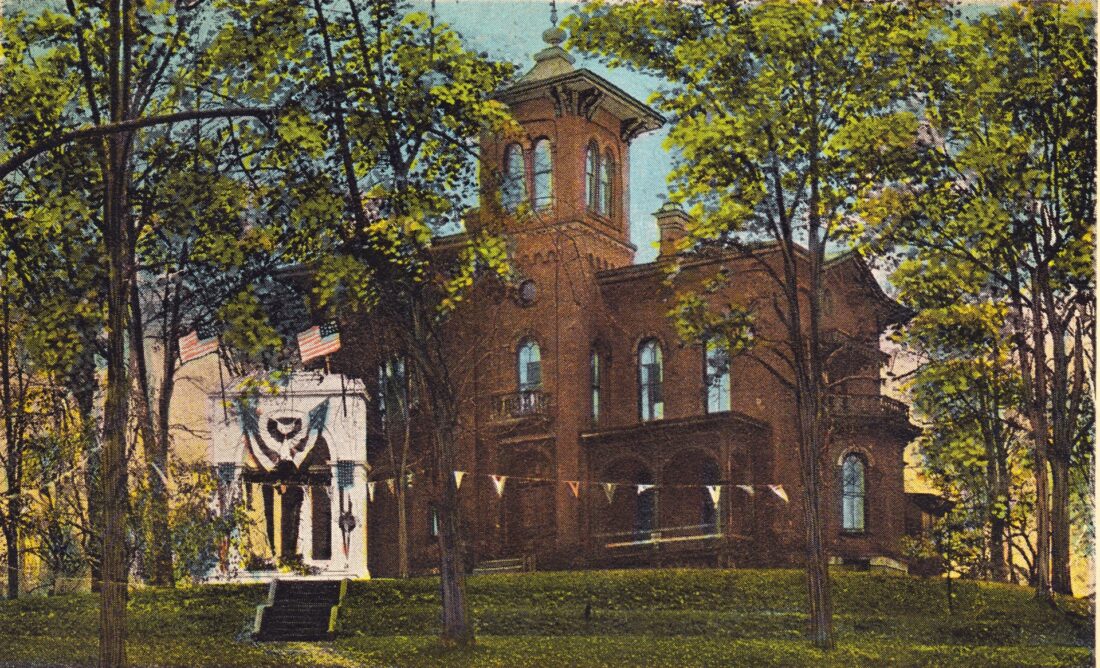
The mansion in 1920.
Editor’s Note: This article is part of a series focusing on historical places in Chautauqua County. This article focuses on the history of the Fenton History Center in Jamestown.
While the Fenton History Center is home to many aspects of local history, it has its own unique story as well.
Located at 67 Washington St., the Fenton mansion was built by Reuben Eaton Fenton, who was a Republican U.S. congressman at the time in 1863. The home and surrounding 4 acres of land was named Walnut Grove by the Fenton family.
Thomas Greer, historian for the Fenton Mansion, said the house was designed by a local architect who designed many other local places as well.
“The house was designed in the Italianate-villa style by local architect Aaron Hall, who was responsible for many other Jamestown buildings including the First Congregational Church, Gustavus Adolphus Home, and William Broadhead mansion,” Greer said. “The Fenton mansion has 15 rooms covering 12,000 square feet. It typifies the Italianate style which was part of the Romantic Movement and popular between 1840 to 1885 and popularized in the U.S. by landscape gardener Andrew Jackson Downing.”
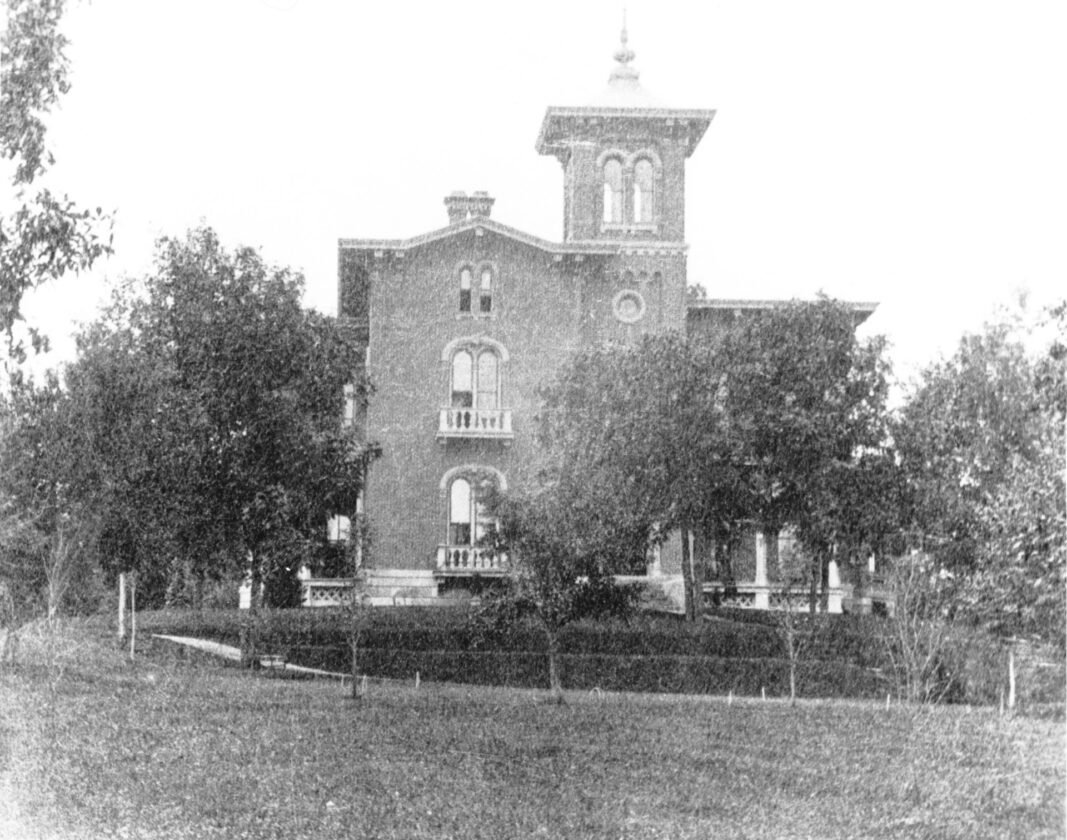
Pictured is the Fenton Mansion as it stood in 1880 in Jamestown. Submitted photo
Characteristics of the Italianate-style that can be seen in the mansion include an asymmetrical floor plan, low pitched roofs with overhanging eaves, tall narrow windows in pairs with half round heads, bay windows, elaborate porches and intricately cut brackets supporting door and window hoods and eaves — which Greer said is sometimes called the Bracketed style.
The mansion also has a square tower called a campanile, which also helps to categorize it into the Italianate villa style.
“Downing indicated in his writing that such a house required the services of a professional architect and was to be placed within a garden setting,” Greer said. “He felt it would be most suitable for a family with ‘wealth sufficient to build and maintain it with some taste and elegance.’ Being a lumber mogul, Fenton collected and aged the wood used for the mansion’s construction. The bricks were made from clay in the Levant brickyard.”
An article in the Jamestown Journal published on Feb 6, 1863 reported Fenton closing the contract to construct the mansion, saying “it will probably be one of the finest buildings in the county.” Construction of the mansion began that spring.
Fenton lived in the house during his terms as governor of New York and U.S. Senator up until his death in 1885. Greer said Fenton’s son Reuben Earle, also lived there and died in 1895, and Fenton’s wife, Elizabeth, continued to live there until her death at Walnut Grove in 1901. Fenton’s daughters, Josephine Gifford and Jeannette Gilbert, closed the house after that and it sat vacant until they put it up for sale in 1912.
“At that time the first of many caretakers occupied the house as they would up until 1980,” Greer said. “The mansion and grounds were finally purchased by the City of Jamestown in 1919 for $35,000 to be used as a Soldiers and Sailors Memorial. The house was then occupied by multiple veterans groups beginning with lra Lou Spring Post 149 of the American Legion in 1926 who occupied it until 1948.”
Some other organizations which occupied the mansion at various times include: the James F. Brown Post #258 of the CAR from 1928-1956 with the National Office of the GAR in the mansion from 1945-1956, the Earl A. Morley Barracks #1036 of WWI Veterans from 1957-1982, the Disabled American Veterans, the Daughters of the American Revolution and the Selective Service Board.
The Fenton Historical Society was formed in the early 1960s when the mansion was threatened by urban renewal. The Fenton Historical Society was organized in March 1963 and chartered in May 1964 after presenting “A Proposal for the Preservation and Use of the Fenton Mansion.” The Society has occupied the building since 1965. The first members of the society were a group of local citizens who were interested in turning the mansion into a museum. The first president was a Mrs Torrance, the first vice-president Harry E Rose, second vice-president William Riggs Reynolds, secretary Sybill McFadden and treasurer was Bert Hough. Fenton’s grand-daughter, Mrs. John Minturn was chosen as honorary president and Rollin F Cass was honorary vice-president. Soon after its formation the society began collecting memorabilia such as a 100 year old piano, a diary of James Glenzen — a first lieutenant for the 137th New York Volunteers during the Civil War — an April 15, 1865 copy of the New York Herald announcing the death of Abraham Lincoln and an 1800 copy of the Ulster County Gazette featuring an article on the death of George Washington.
“The mansion was placed on the National Register of Historic Places in 1972,” Greer said. “Over the years some changes have been made to both the exterior and interior of the mansion, although it remains surprisingly intact considering its age and multiple uses. In about 1880, square windows were added to the front wall on the first floor. Window balconies were removed from the three front windows sometime after 1900. A large porch was removed from the right side of the front of the house. The current tower finial is significantly shorter than the original.”
Greer said a few other minor modifications have been made to some exterior brick and wood elements. Specifically, Greer said in the interior the only significant changes are in the rear wing where the first floor is now the entrance and gift shop and the second floor a large display room.
“The grounds used to contain many mature walnut trees,” Greer said. “The front yard was terraced, reaching down toward the river. This area was removed upon construction of the Arterial. Maps indicate the former presence of multiple curvilinear paths on the formal grounds as well as a large carriage house behind the mansion, a greenhouse, and a small two story dwelling.”
These days, the Fenton History Center is home to many different artifacts, including some items from the Fenton family. The museum is open Monday through Saturday from 10 a.m. to 4 p.m.



